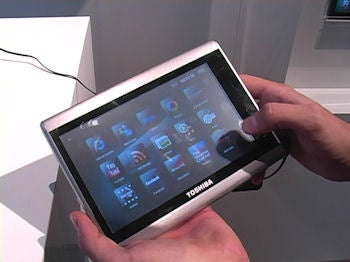How many people do you need in a group to ensure at least a 50 percent probability that 2 people in the group share a birthday?
Let's take a show of hands. How many people think 30 people is enough? 30? 60? 90? 180? 360?
Surprisingly, the answer is only 23 people to have at least a 50 percent chance of a match. This goes up to 70 percent for 30 people, 90 percent for 41 people, 95 percent for 47 people. With 57 people there is better than a 99 percent chance of a birthday match!
Presentation Suggestions:
If you have a large class, it is fun to try to take a poll of birthdays: have people call out their birthdays. But of course, whether or not you have a match proves nothing...
The Math Behind the Fact:
Most people find this result surprising because they are tempted to calculate the probability of a birthday match with one particular person. But the calculation should be done over all pairs of people. Here is a trick that makes the calculation easier.
To calculate the probability of a match, calculate the probability of no match and subtract from 1. But the probability of no match among n people is just
(365/365)(364/365)(363/365)(362/365)...((366-n)/365),
where the k-th term in the product arises from considering the probability that the k-th person in the group doesn't have a birthday match with the (k-1) people before her.
If you want to do this calculation quickly, you can use an approximation: note that for i much smaller than 365, the term (1-i/365) can be approximated by EXP(-i/365). Hence, for n much smaller than 365, the probability of no match is close to
EXP( - SUMi=1 to (n-1) i/365) = EXP( - n(n-1)/(2*365)).
When n=23, this evaluates to 0.499998 for the probability of no match. The probability of at least one match is thus 1 minus this quantity.
For still more fun, if you know some probability: to find the probability that in a given set of n people there are exactly M matches, you can use a Poisson approximation. The Poisson distribution is usually used to model a random variable that counts a number of "rare events", each independent and identically distributed and with average frequency lambda.
Here, the probability of a match in a given pair is 1/365. The matches can be considered to be approximately independent. The frequency lambda is the product of the number of pairs times the probability of a match in a pair: (n choose 2)/365. Then the approximate probability that there are exactly M matches is:
(lambda)^M * EXP(-lambda) / M!
which gives the same formula as above when M=0 and n=-365.


